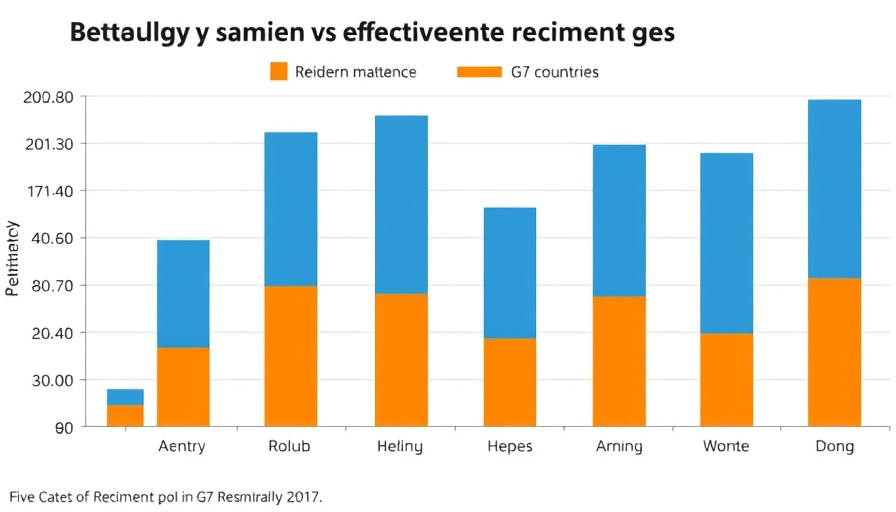
Arbitration in the Spotlight: What This Means for Employers and Employees
A recent ruling from the 6th U.S. Circuit Court of Appeals highlighted significant implications for arbitration agreements in the workplace, particularly concerning sexual harassment claims. Despite the Ending Forced Arbitration of Sexual Assault and Sexual Harassment Act of 2021, which aimed to allow victims choice in their legal recourse, the court ruled that a previous arbitration agreement still holds weight if the employee asserts its relevance. This case can reflect a broader trend in workforce strategy and due process for employees.
Understanding the Ending Forced Arbitration Act
The Ending Forced Arbitration Act was introduced to empower victims of sexual harassment and assault by allowing them the option to sue rather than being bound by mandatory arbitration agreements. However, this ruling indicates that such agreements may still complicate legal pathways for individuals who believe they have been wronged. The crux of this decision revolves around the employee's recognition and affirmation of the arbitration agreement, as she consistently stated it applied to her claims against Menards.
Impact on Talent Management and Employee Engagement
This ruling brings to light the tension between employee rights and corporate agreements, pointing to a larger conversation within talent management. Organizations must be cautious about the messages they send when employees are faced with uncertainty upon voicing grievances. The potential for employees to feel unheard or unprotected could impact overall employee performance and contribute to plummeting engagement levels. Employers who foster a culture of transparency and responsiveness could bolster their reputation and retention rates, ultimately enhancing their high-performance culture.
The Need for People-First Leadership
As organizations navigate these legal waters, the role of leadership is crucial. People-first leadership approaches emphasize the necessity of understanding individual employee experiences and their narratives, ensuring that each voice matters. By doing so, employers not only comply with current legal frameworks but also cultivate a work environment where employees feel secure to speak up. This can prevent potential future legal battles and improve overall employee satisfaction and productivity.
Conclusion: Protecting Rights while Enhancing Culture
In light of this ruling, leaders in human resources and operational strategies within organizations should reevaluate their policies on arbitration and conflict resolution. Encouraging a culture of dialogue and empowerment, coupled with compliance, can create a more engaged workforce. Organizations that recognize the importance of these elements will not only navigate legal requirements more effectively but will also develop a workplace where employees thrive.
 Add Row
Add Row  Add
Add 




Write A Comment